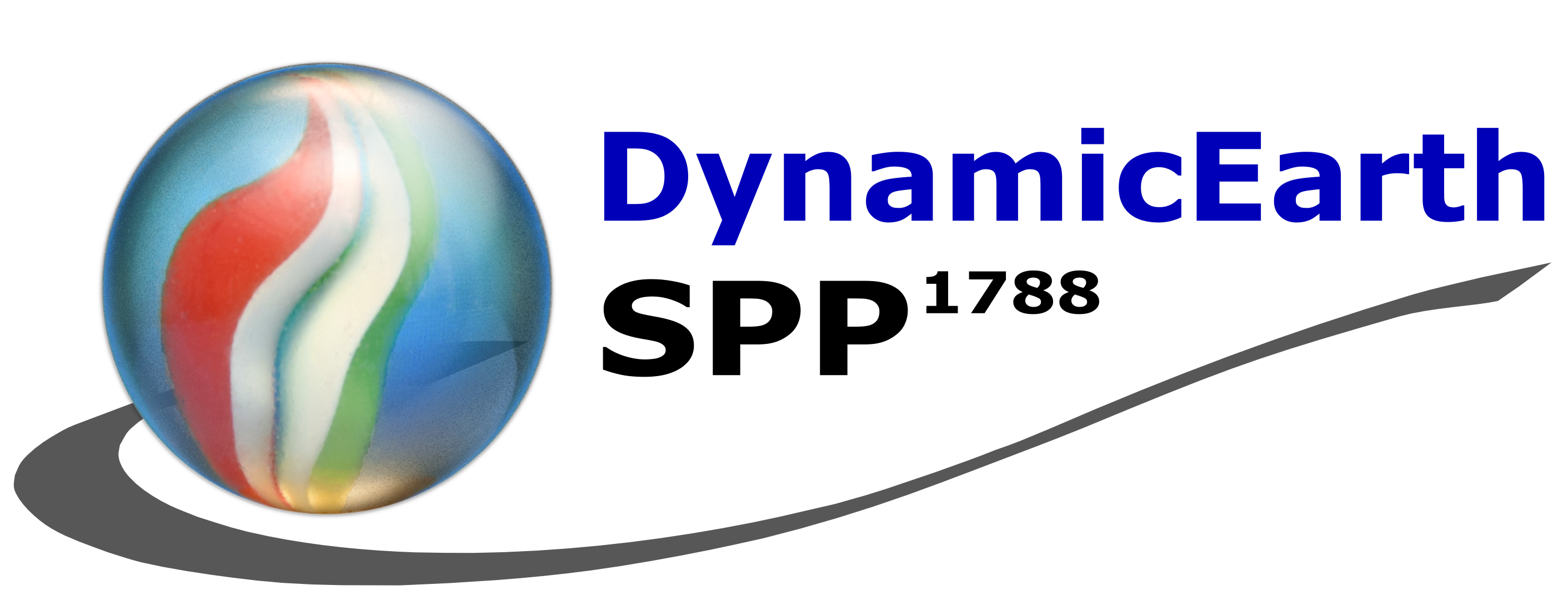Accelerometer measurements are used in two major topics in Earth observations, namely gravity field recovery and thermosphere studies. We have shown that the thermospheric signatures in the GOCE gravity gradients are due to an unexpected quadratic response of the instruments to the accelerations acting on the satellite. We worked out a hypothesis implying the fact that the quadratic factor and other disturbances seen on the accelerometers are coupled together. This hypothesis will be evaluated further, strengthened in experiments and the impact on gravity field recovery as well as thermosphere and ionosphere studied. For gravity field this means an improvement of the GOCE satellite only gravity field by reducing the noise in the gradients and recalibrating the gradiometer. For Swarm this means an enhancement of the scientific outcome of the accelerometer data by studying high amplitude signals in times of ionospheric storms. An elaborated data processing schema is necessary to make use of this instruments, so an uncertainty estimation procedure will we established evaluating the quality of the retrieved neutral density. Assimilating the neutral density into a physical based ionosphere-thermosphere coupling model the dynamics in the ionosphere at times of storms can be studied. As validation is very important an evaluation concept is worked out. Therefore, an empirical ionosphere model is elaborated further.
